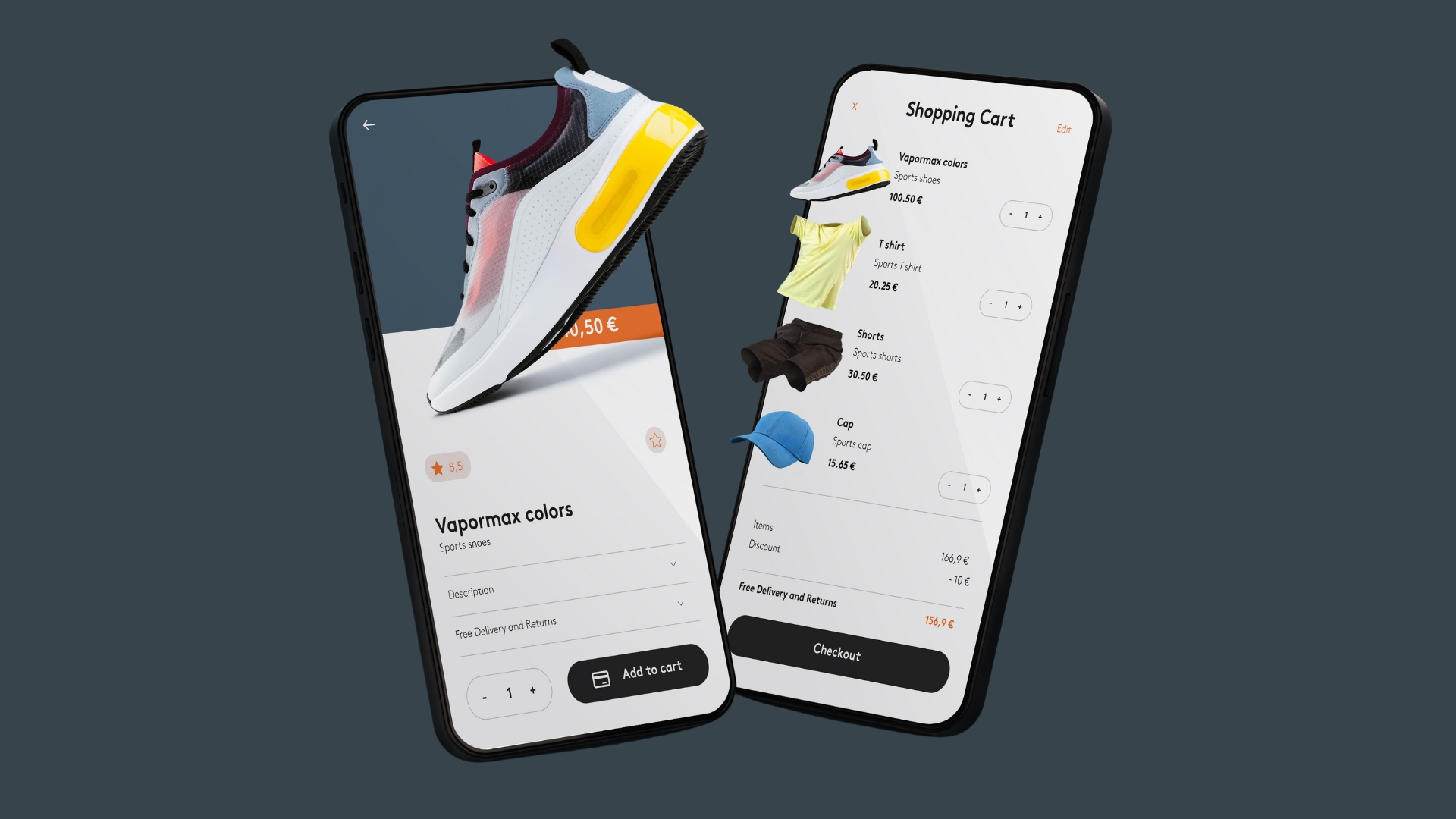

Apple has consistently set industry standards with its commitment to user-centric design principles. Products like the iPhone and MacBook are iconic examples of Apple’s dedication to simplicity, functionality, and aesthetics. This focus has cultivated a loyal customer base and strong brand affinity.
According to Statista, Apple shipped over 217 million iPhones in 2018, demonstrating the impact of their user-friendly design on sales and customer loyalty. By prioritising these principles,
Apple ensures that its products not only meet but exceed user expectations, fostering a seamless and enjoyable user experience.


Amazon has transformed the e-commerce landscape by creating a platform that prioritises user convenience and trust. Features such as one-click ordering and personalised recommendations exemplify Amazon’s dedication to a user-friendly experience.
According to a report by Digital Commerce 360, Amazon accounted for 38% of all US online retail sales in 2020. Amazon’s UX design, which leverages data-driven insights, continually optimises the shopping experience, enhancing customer loyalty and driving conversions. This relentless focus on user experience has positioned Amazon as a leader in e-commerce.
Google’s minimalist search interface is a hallmark of its user-centric design philosophy, emphasising speed and relevance.
Google processes over 3.5 billion searches per day, underscoring the importance of a streamlined and efficient user experience. Innovations such as voice search and predictive suggestions further simplify information access, making it easier and faster for users to find what they need.
Google’s continuous improvements in UX design enhance user satisfaction and engagement, solidifying its position as the most popular search engine worldwide.


Netflix leverages a data-driven approach to personalise content recommendations, significantly enhancing the user experience.
With over 230 million subscribers as of 2023, Netflix’s intuitive interface and seamless streaming capabilities drive user retention and engagement. By focusing on user preferences and viewing habits, Netflix ensures that its platform remains relevant and enjoyable, fostering long-term loyalty.
The company’s UX design strategies are integral to its success in the highly competitive streaming industry.
Airbnb has revolutionised the hospitality industry with its user-friendly platform that simplifies booking accommodations and exploring destinations.
By offering personalised experiences and building trust through user reviews and host interactions, Airbnb enhances the overall user experience. As of 2021, Airbnb had over 4 million hosts worldwide, showcasing the platform’s widespread adoption and success.
This approach meets the needs of modern travellers and fosters a sense of community and trust, which are crucial for long-term success.

The success stories of brands like Apple, Amazon, Google, Netflix, and Airbnb highlight the transformative power of UX design in driving digital strategy. By prioritising simplicity, functionality, personalisation, and trust, these companies have revolutionised their industries and set new standards for user experience excellence. Investing in UX design is essential for businesses to remain competitive, drive customer engagement, and achieve long-term success.
In conclusion, the emphasis on user-centric design principles has enabled these leading brands to achieve remarkable growth and industry leadership. As businesses navigate the evolving digital landscape, prioritising UX design will be crucial for staying competitive and meeting the ever-changing needs of users. By learning from the strategies of these successful companies, other businesses can enhance their digital strategies and drive long-term success.
Need a UX team? Contact us for a chat to see how we can help transform your digital strategy through superior UX design.
Pages
Pages